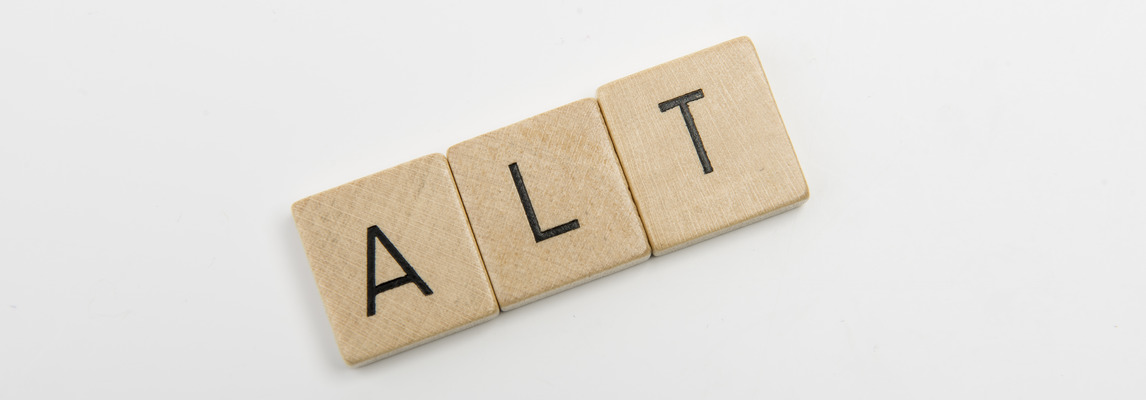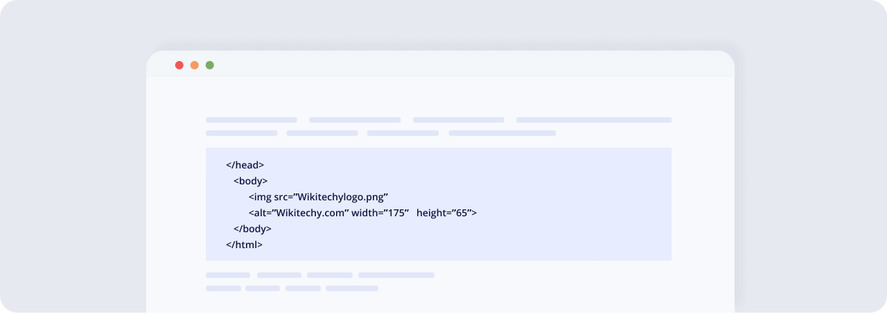
Labrika's Best Practices for Using Alt Attributes in Images
High-quality, clear images are essential for every commercial website. Users engage with content visually, and they often dismiss pages that feature low-quality graphics. To effectively optimize images for search engines, it’s crucial to understand some nuances of image ranking algorithms.
The Importance of Relevant Images
When searching for an image, users typically focus on the image itself before considering dimensions, text, or links. An appealing image can entice users to visit a site, especially if they are looking for detailed descriptions. Therefore, the image must align with the information presented on the page, and the meta description should accurately reflect the content of the image.
General Principles of Image Captions
- A brief and truthful description of the image is vital. If the description does not match the content, the image will likely receive no clicks from search results. Always verify automatically generated ALT tags.
- The description should be between 3–4 words and no more than 250 characters. It can be challenging to convey essential keywords in fewer than three words, and research indicates that the upper limit should not exceed 250–255 characters.
- Include important keywords. Just like the H1 and TITLE tags, the ALT attribute must contain keywords relevant to the image promotion, not just the landing page.
- Avoid spammy practices. Over-optimization can lead to penalties from Google. Only include the most necessary keywords that accurately describe the image. Avoid terms like “buy,” “reviews,” or “price” in ALT tags unless they are relevant to the content.
- Use empty ALT tags for decorative images. For images that serve a design purpose—like logos or buttons—empty ALT attributes are preferable. Background images and script-based images are not indexed.
Handling Multiple Images of One Product
If a product has several images, the simplest approach is to use the same description for all of them. This is a common practice, as search engines prioritize the uniqueness of the images themselves over the descriptions. You can add contextual notes like “View 1,” “View 2,” and so on.
How Search Engines Utilize ALT Attributes
Google recommends using page titles and menu item names in images since not all users can see them. To ensure that important text content is accessible to as many users as possible, publish it in plain HTML format. The image file name can also provide context; for instance, my-black-kitty.jpg is more descriptive than IMG00023.JPG.
ALT Attribute Best Practices
The ALT attribute is crucial for describing the contents of a graphic file. This provides Google with valuable information about the image's subject, helping to determine the best images to return in response to user queries. It also aids users who cannot see images, such as those with visual impairments or low-bandwidth connections.
Examples of ALT Text
Here are some examples of good and bad ALT text:
- Not recommended:
<img src="puppy.jpg" alt=""/> - Better:
<img src="puppy.jpg" alt="puppy"/> - Best:
<img src="puppy.jpg" alt="Dalmatian puppy playing with a stick"/> - What to avoid:
<img src="puppy.jpg" alt="puppy dog puppy puppies small puppies dog retriever labrador wolfhound setter pointer puppy jack russell terrier puppies dog food cheap dog food puppy food"/>

image accessibility SEO
.
It ensures that users with disabilities can access and understand the content through assistive technologies. Excessive keyword stuffing in ALT text can create a negative impression and may even lead to your site being flagged as spam. Instead, focus on crafting informative and rich content where keywords are used appropriately and contextually.
Results of ALT Promotion Experiments
Research indicates that keywords within the <IMG> tag are taken into account by search engines. Specifically, the value of the ALT attribute is significant. If a keyword appears only in the title attribute or the image name, the document may not rank for that keyword. Furthermore, whether an image is unique does not affect its ranking as much as the presence of proper markup.
Pages utilizing schema.org markup (specifically ImageObject) tend to rank higher than those without. This emphasizes the importance of structured data in enhancing your image SEO strategy.
Conclusion
Implementing effective image SEO techniques is crucial for improving your website's visibility in search results. By adhering to the ALT attribute best practices outlined above, you can enhance user experience, boost accessibility, and drive more traffic to your site. Start optimizing your images today to improve your overall image search rankings and ensure that your content is accessible to all users.
By applying these strategies, you can significantly enhance your website's performance and ensure that your images contribute positively to your overall SEO efforts. Don't wait—start optimizing your images for better visibility and accessibility now!
